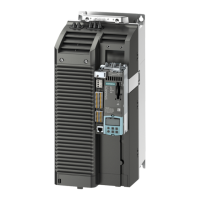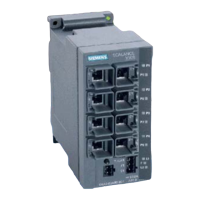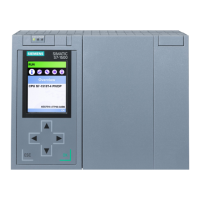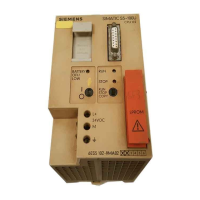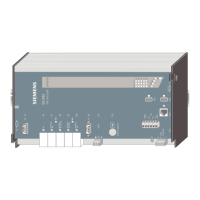Mobility, Intelligent Traffic Systems
Sopers Lane, Poole, Dorset, BH17 7ER
Copyright © Siemens plc 2020. All Rights Reserved. Mobility is a division of Siemens Plc
4.16 Pedestrian Tactile Indicators
The ST950 ELV controller can be fitted with either switched or non-switched
tactiles.
Non-switched tactiles are wired directly across the pedestrian green. Whenever the
pedestrian green is illuminated, the tactile rotates. These tactiles must not be used
at crossings with a flashing green man period.
The connections required for a non-switched tactile are shown in Figure 36
Switched tactiles are tactiles that can be disabled when required by use of an IO
card output.
The connections required for a switched tactile are shown in Figure 37
Some manufacturer’s tactiles (e.g. Radix Traffic ITE220) also have a fault output
that can be wired back to an input of a digital IO card in the controller cabinet. This
fault output has the following functionality:
Tactile powered and stalled (held or stuck)
Tactile powered and motor open or short circuit
Tactile powered and cone able to rotate
Special conditioning in the controller will discriminate between short-duration fault
conditions (such as the tactile being temporarily held stalled) and a permanent fault
that requires maintenance.
The connections required for a switched tactile with fault output is shown in Figure
38
There are several mounting options for the tactile controller module;
When using tactiles with integrated motor and drive module, the assembly can be
mounted in the pedestrian indicator.
When using tactiles with separate motor and drive module , the drive module can
be mounted inside the nearest Helios signal head (the recommended position for
mounting the tactile controller is at the top of the Amber aspect case – see Helios
General Handbook 667/HB/30000/000) or the drive module can be mounted inside
the traffic controller cabinet.
Figure 36, Figure 37 and Figure 38 show how tactiles can be connected to an ELV
traffic controller.
A maximum of 4 tactiles (either switched or non-switched types) can be driven in
parallel from a single LSLS output.
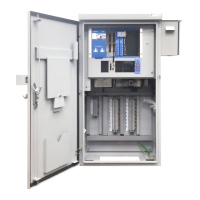
